Innovation in mental health diagnostics
The new approach to mental health problems focuses on patterns
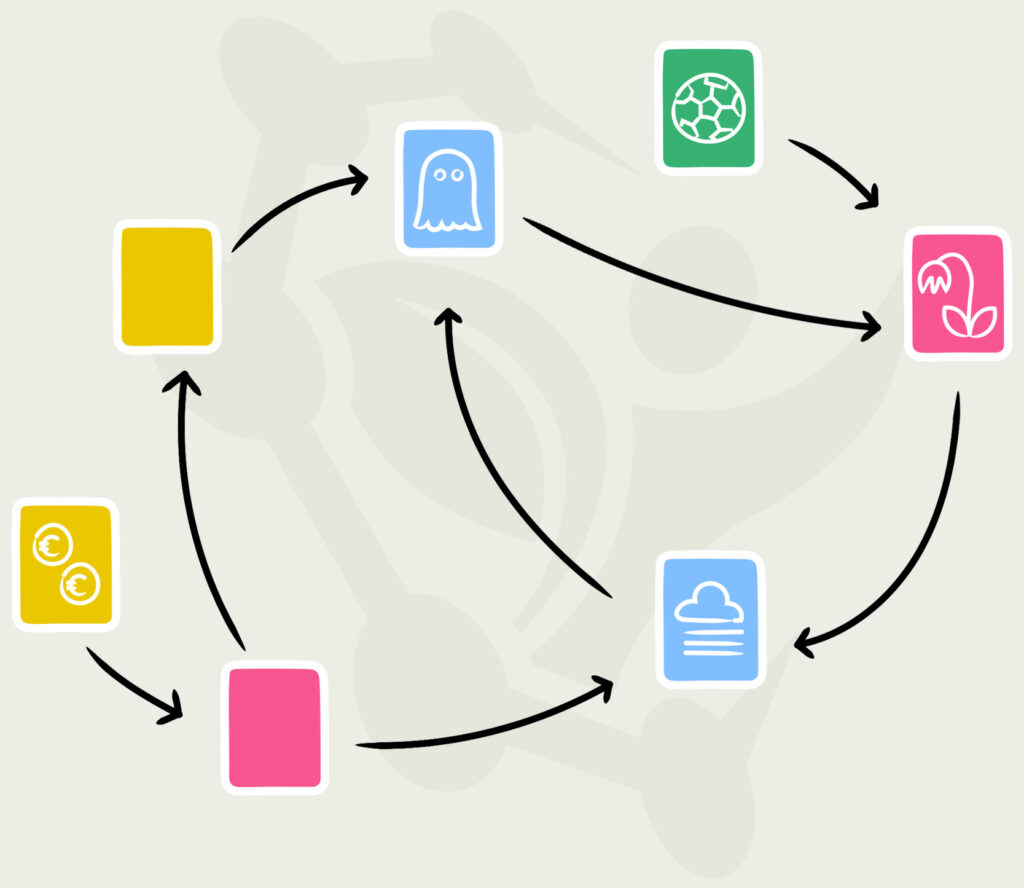
What we do
The Patterns of Life project examines how diagnostics can be improved at the front door of mental healthcare. Currently, DSM classifications continue to play an important role in routine diagnostic assessments, despite their known drawbacks. For instance, these classifications can place too much emphasis on the individual and often lead to stigmatization. In the Patterns of Life project, we are developing a new diagnostic approach that pays more attention to the (bio-psycho-social-cultural) context and complexity of mental health problems.
An important underlying idea is that clients not only have a collection of complaints, but rather become stuck in persistent patterns of symptoms, circumstances, and personal style. This perspective emphasizes the complex interactions within people, between people, and between people and their environment, which aligns with recent insights from network theory. These patterns form self-sustaining, complex-dynamic systems.
We want to study these patterns to learn how treatment can be used to disrupt them. Additionally, this approach can contribute to improved collaboration with the social domain and clients’ informal networks. We also want to investigate how to strengthen client agency. Therefore, we are not only concerned with new ways to conceptualize mental health problems, but also with exploring how to reshape the relationship between the client and practitioner.
Patterndiagnostics
In the Patterns of Life project, we are developing the pattern diagnostic approach. This blended e-health procedure allows people seeking help and their care providers to co-create an optimal understanding of the mental health problem in question. Through three diagnostic sessions, we collaborate with clients to explore how they became stuck in their current patterns, what keeps these patterns in place, and what pathways exist to break them. We believe that investing more time at the start of treatment leads to better outcomes. By doing so, we create a deeper, shared understanding of each person's difficulties and their unique story. This thorough foundation gives people seeking help greater control over their own care journey. Working closely with clients and their support networks, we can then provide care that truly fits their needs.
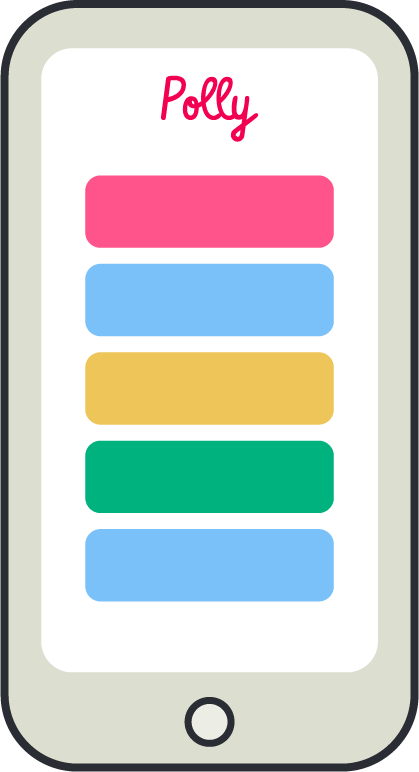
Polly App
Before and between the conversations, clients engage with Polly, a digital application. In the first conversation, individuals map out their story with Polly. Through a series of steps, they share details about their life journey, current situation, and why they have decided to seek help now.
After the first conversation, individuals gather building blocks that provide insight into their situation. These can include feelings that are troubling, such as sadness or anxiety. They can also involve circumstances in their environment, like conflicts or financial worries. With these building blocks, the second conversation with the Pattern Explorer allows for a collaborative exploration of the patterns in which someone is getting stuck.
The third part of the Polly app focuses on looking ahead. This section helps individuals reflect on what is important to them, where they would like to go, and what assistance they need along the way. In the third conversation, the client and caregiver collaboratively create a recovery plan based on this reflection.
Patterns of Life List (POLL)
In Polly, clients are also invited to complete a detailed questionnaire. The questions use B1-level language, making them easy for a wide audience to understand. The responses help us identify important building blocks that might otherwise go unnoticed. By analyzing the results, we can also see how people's scores on various subjects compare to others. Over time, a growing collection of data could reveal which types of problems or symptoms often appear together. The answers can lead to suggestions, such as 'You scored highly on this topic, could this be something relevant for you as well?' In this way, the algorithm could figuratively join the conversation and work together with both the client and the healthcare professional. This collaborative approach helps develop hypotheses during the diagnostic process.
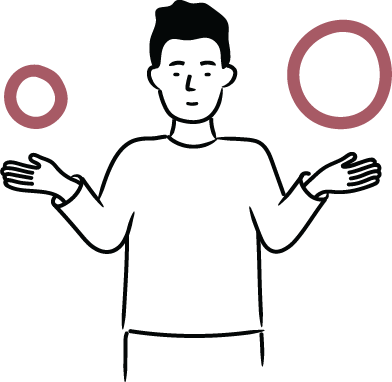
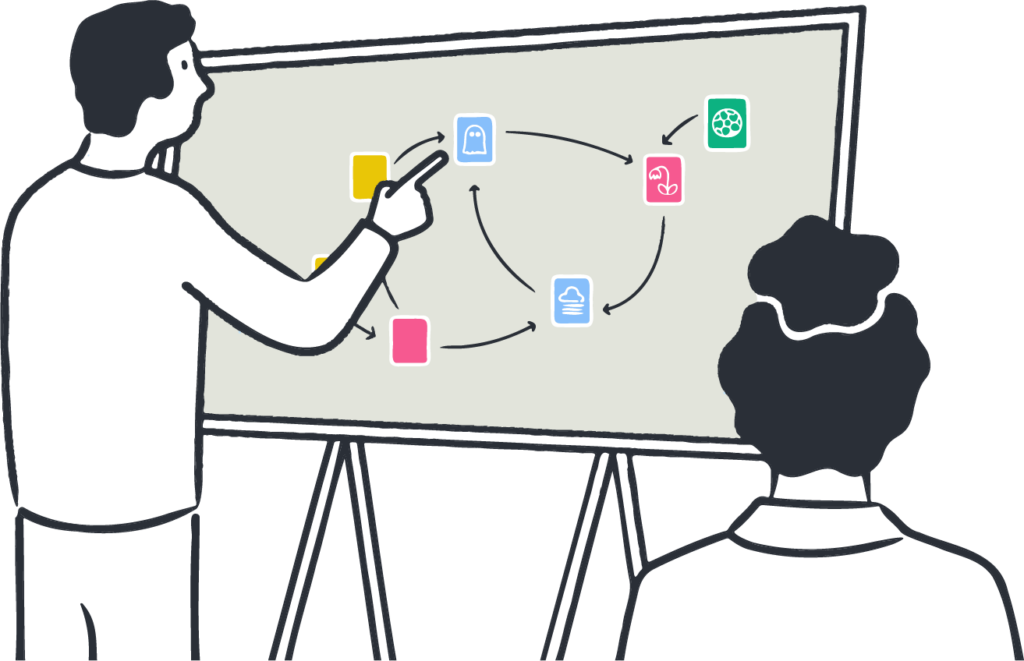
Pattern Explorer
With the Pattern Explorer, we work together with the client to look at the connections between the building blocks and actively search for vicious circles that make the problem "complex" and maintain it. This makes it possible to differentiate complicated problems from less complicated ones, make better prognostic predictions, and provide appropriate care. The end result of this procedure is a comprehensive picture (the "case conceptualization") with a corresponding treatment or referral recommendation.
Recoveryplan
We conclude patterndiagnostics with a recovery plan. The recovery plan consolidates the client's story, the building blocks, patterns, and recovery goals into a clear document that helps the client and providers in the recovery process. Since this document is also linked to the electronic health record (EHR), it will save the provider administrative time.
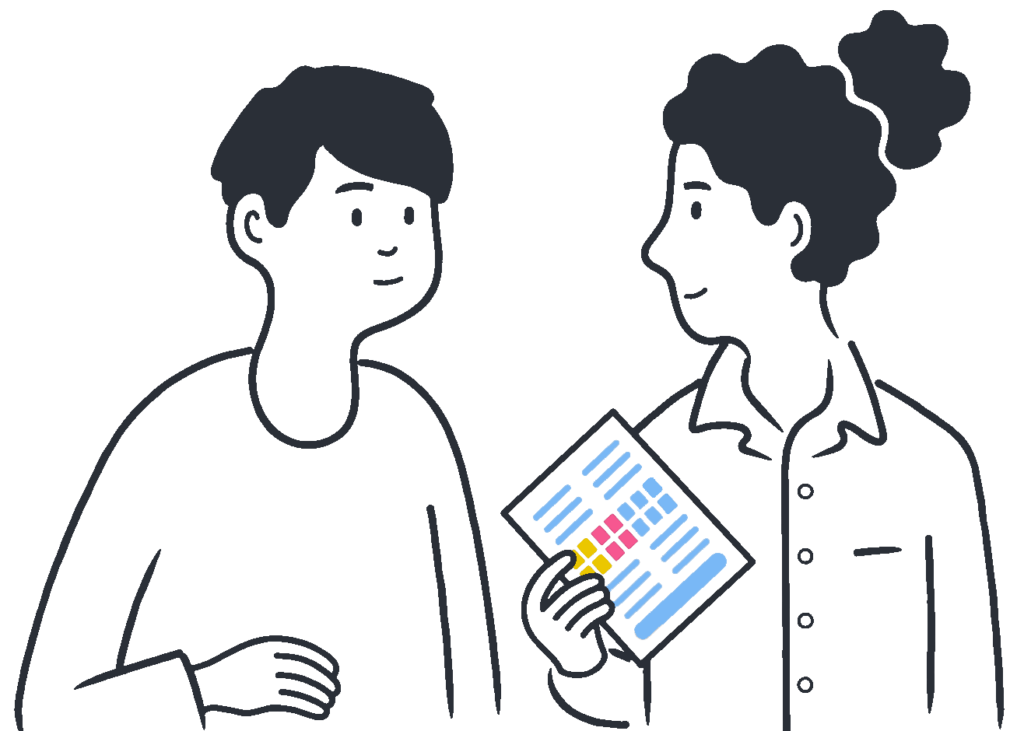
The Patterns of Life Team
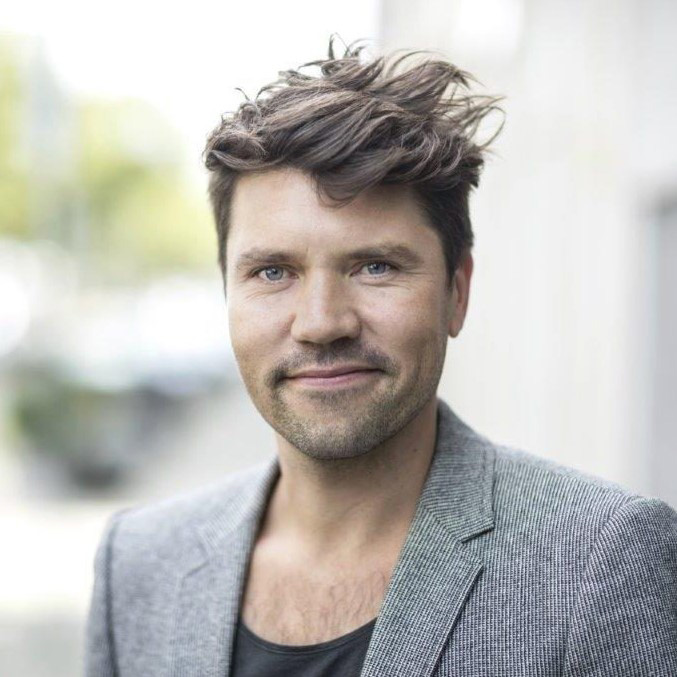
David van den berg

Rutger Goekoop
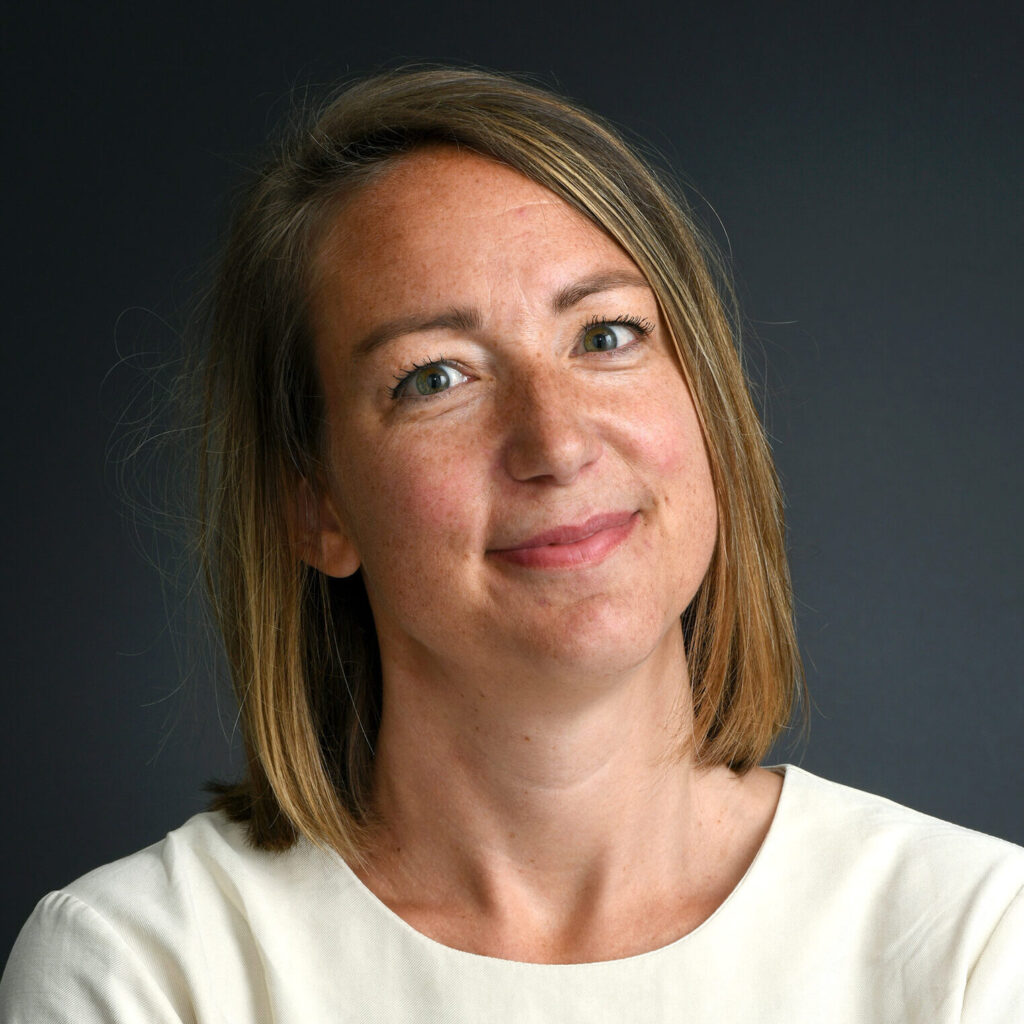
Marloes Verhaar

Gerrit Glas

Sander Voerman

Femke de Boer

Annemarie Mulder

Jim Driessen

Fabiënne Ogier
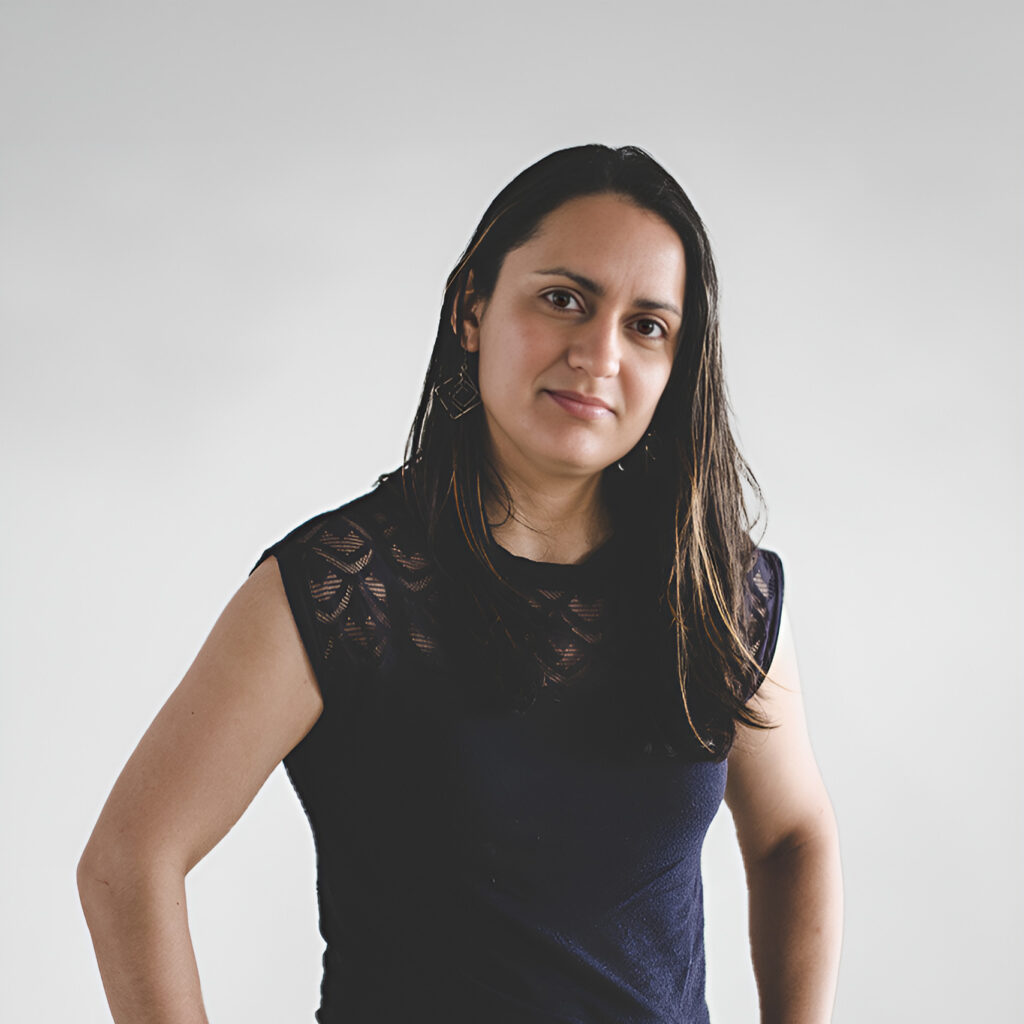
Jessica Bran

Eddo Velders
